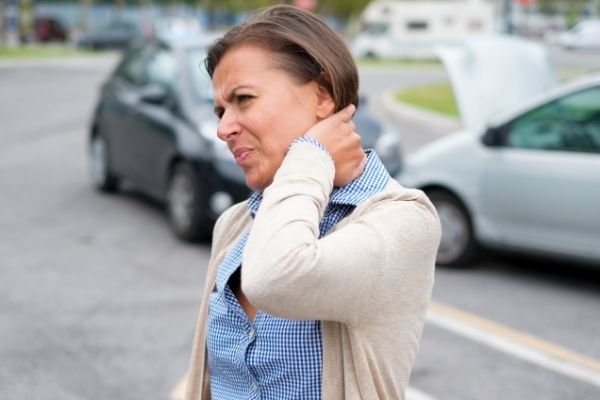When you seek money damages in a civil case, you have the burden of proof to convince the judge or jury that the other side is liable by a preponderance of the evidence. Often in personal injury cases, the standard used is negligence, which has four factors: duty, breach, causation, and damages. Essentially, the party against whom money is sought must have had a duty to exercise care, they must have violated that duty, and that violation must have caused the accident which caused your damages.
In a car accident case, you can establish duty by pointing out that drivers have a duty of reasonable care to drive responsibly. If you can prove a driver did not drive responsibly or did not exercise reasonable care, then that driver breached this duty. Causation is often established with what is known as the “but-for” test, which could mean “but for the other person driving irresponsibly, the accident would not have occurred.” If it can then be proved that the accident caused your damages, you can recover the damages you suffered because of the accident.
In addition to the standard rule on negligence, there is another way to prove liability called negligence per se. This means that if the other party violated a statute, they may automatically have to pay damages, but this is only the case if the law that was broken was established to prevent the type of harm which happened.
Negligence per se may best be explained with two examples. If a car accident happens and a person is charged with reckless driving in connection to that accident, there’s a good chance that person will be found negligent per se because reckless driving laws were created to prevent car accidents from happening. However, if a car accident were to happen because the defendant violated a littering statute, they likely will not be found negligent per se because littering statutes are not created to prevent car accidents. If that is the case, you would just have to prove negligence the normal way.
One important thing to keep in mind regarding personal injuries is that different states have different rules regarding the defenses that can be used. North Carolina has a defense called “contributory negligence” which means that if the jury believes you are even 1% at fault for the accident, you cannot recover anything from the other party. South Carolina has a different rule called modified comparative fault in which you can recover your damages up to the extent that the accident is not your fault, provided you are less than 50% responsible for the incident. This would mean if you are 1% responsible and the other party is 99%, you can recover 99% of your damages, but if you are 50% responsible, you can’t recover anything.
If you have a personal injury issue, we are here to help. Contact King Law at 888-748- (5464)KING for a consultation. We have offices located across western North Carolina and upstate South Carolina. King Law is here to serve you and help navigate this journey you are on.


